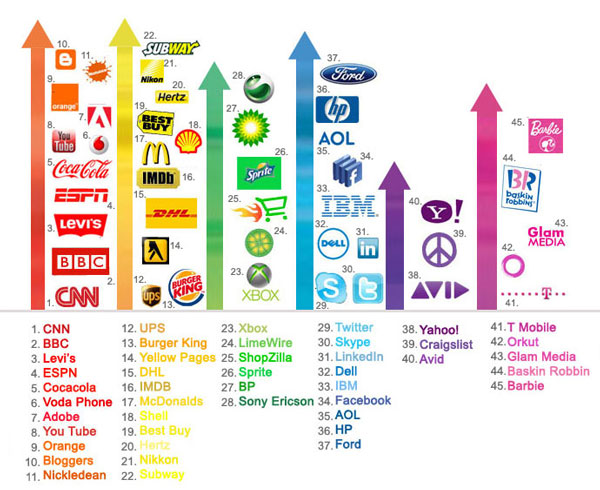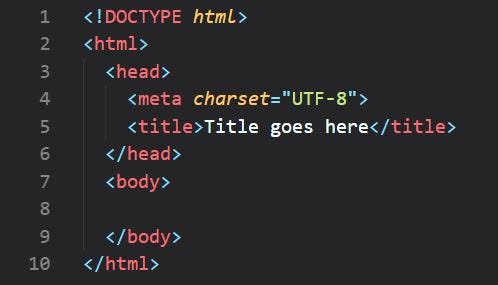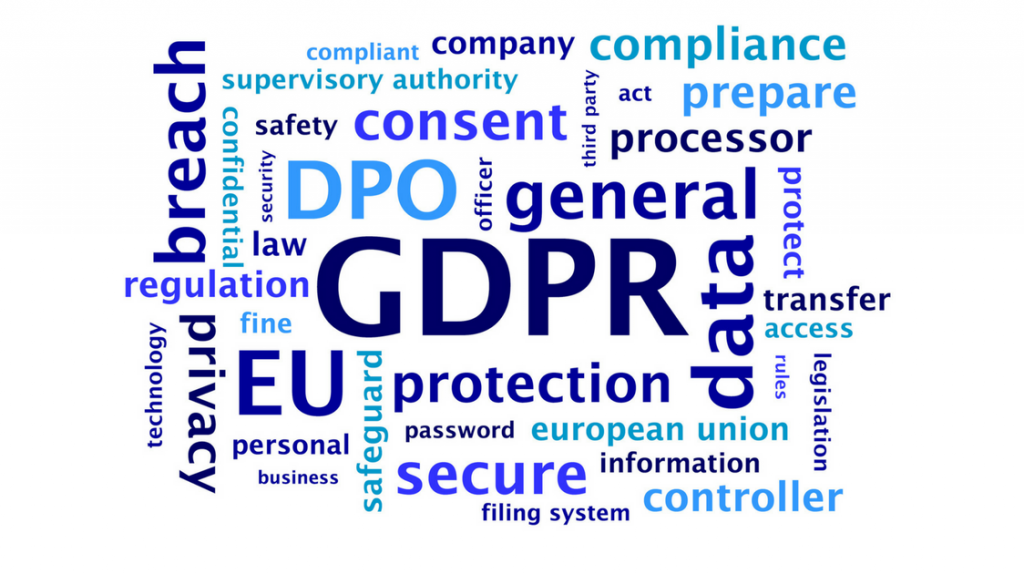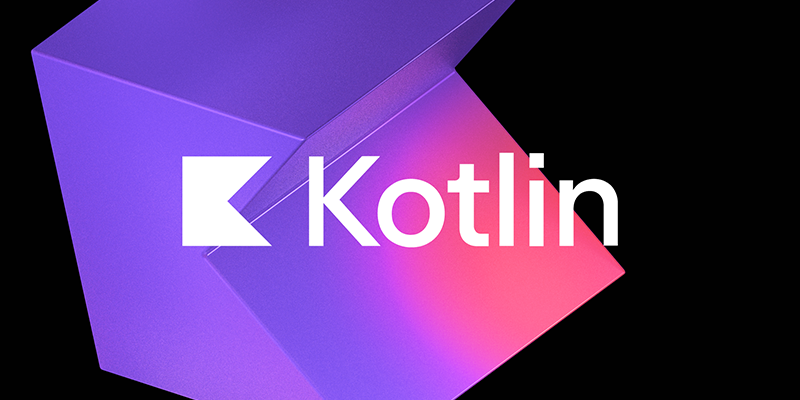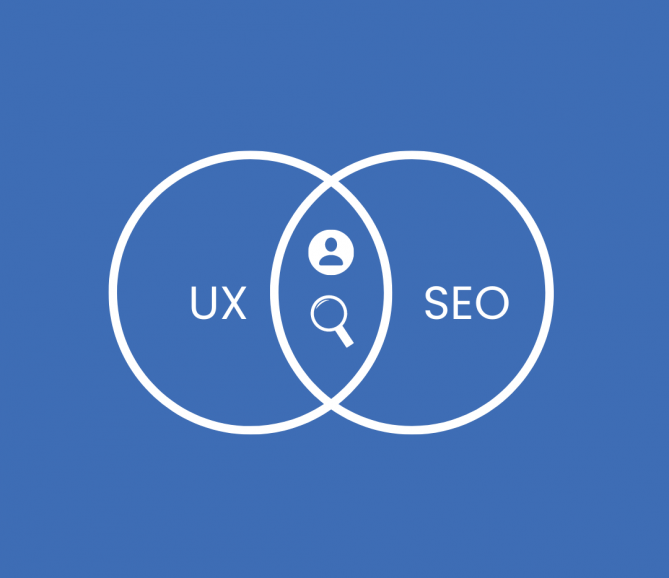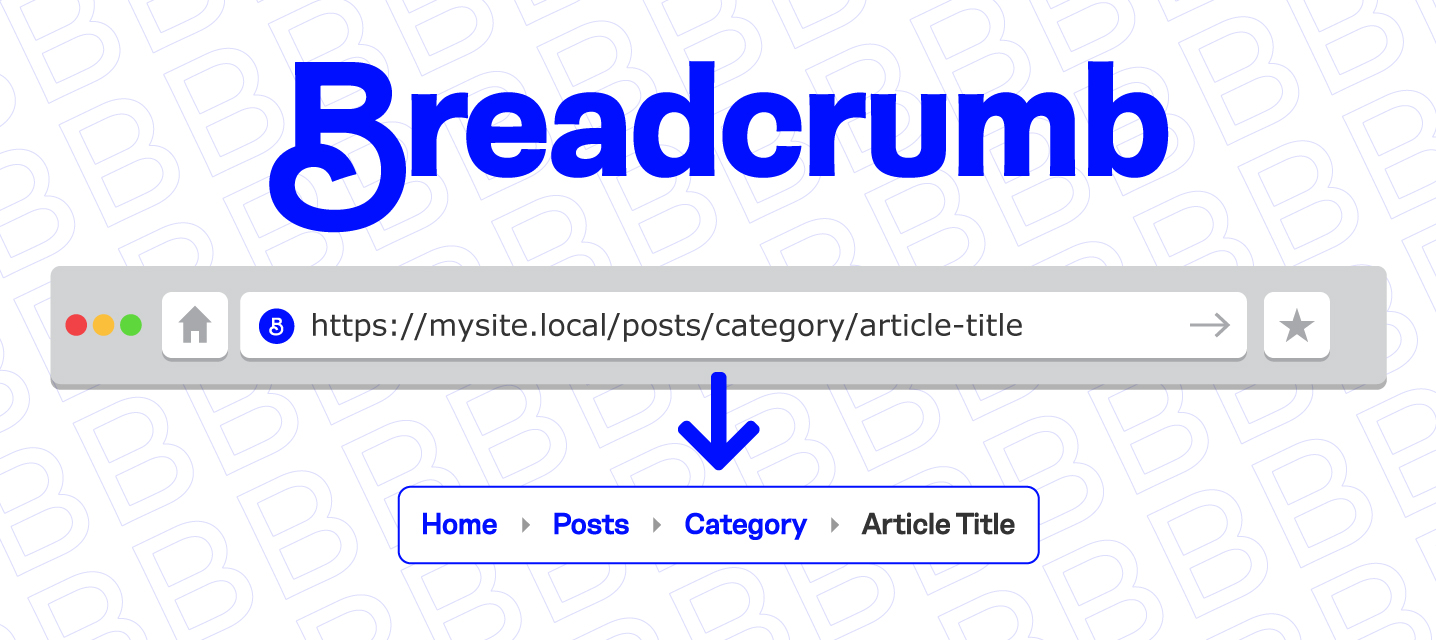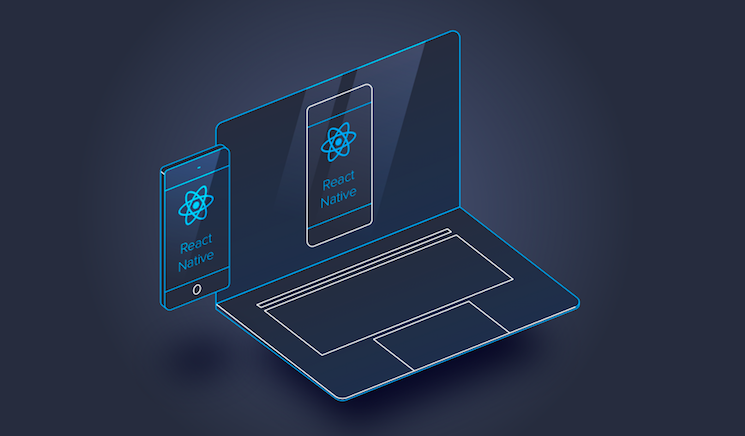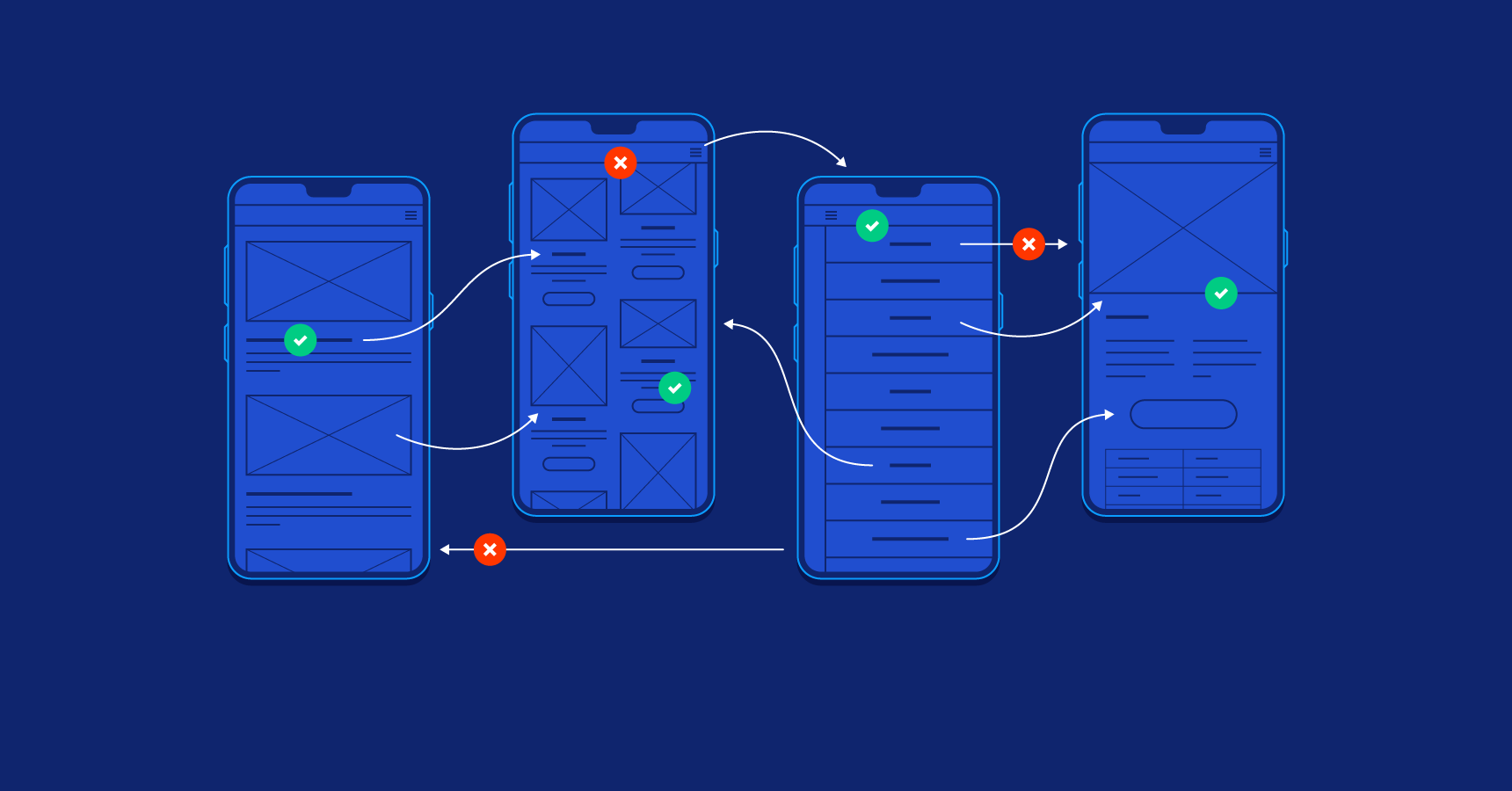Successful UX redesigns: how improving UX can transform your company
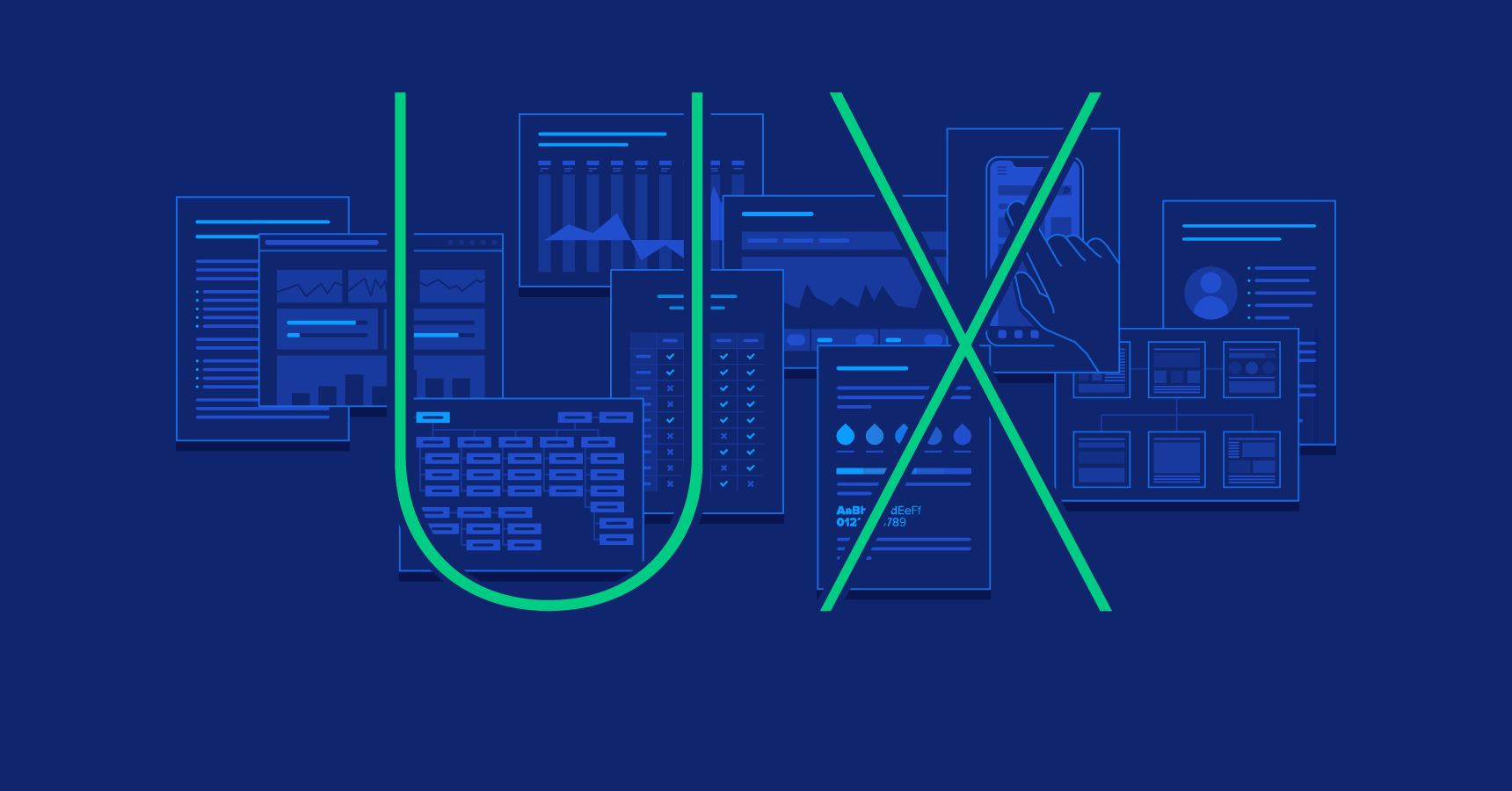
Redesigning the user interface (UX) is a complex process that can completely transform digital products and services, significantly enhancing their usability, attracting more users, and increasing conversion rates. In this article, we will explore several cases of successful UX redesigns that helped companies improve their products and achieve impressive results.
1. Airbnb: Simplification and Personalization
Problem: Airbnb faced a challenge where their interface became cluttered with features, making it difficult for new users to navigate. This led to decreased user satisfaction and, consequently, reduced conversion rates.
Solution: The Airbnb design team conducted extensive user research to understand their needs and challenges. Based on the gathered data, they simplified the interface by removing unnecessary elements and focusing on core functionalities. They also implemented machine learning algorithms to personalize search and accommodation suggestions.
Result: After the redesign, the number of bookings increased by 30%, and user satisfaction levels rose by 25%.
2. Dropbox: Consistency and Simplicity
Problem: As the number of features and services grew, Dropbox's interface became not only complex but also inconsistent, causing confusion among users.
Solution: Dropbox undertook a redesign focusing on consistency and simplicity. They updated the visual style, making it more modern and lightweight, streamlined the navigation, improved the menu structure, and added clearer instructions.
Result: This led to a 20% increase in the number of active users and a significant reduction in support requests.
3. Spotify: Personalization and Usability
Problem: Spotify noticed that many users struggled with navigation and discovering new music due to the app's complex structure.
Solution: Spotify conducted user experience research to understand how to improve navigation and personalization. They implemented a new recommendation system based on user preferences and simplified the navigation, making it easier to access favorite playlists and recommendations.
Result: Following the redesign, the number of listens increased by 15%, and the number of users actively using recommendations grew by 25%.
4. Slack: Unification and Efficiency
Problem: Slack, a rapidly growing platform for team collaboration, became overloaded with information and features, complicating user workflows.
Solution: Slack undertook a redesign focusing on unification and efficiency. They updated the design to make it more intuitive and streamlined access to core features like creating new channels and managing notifications.
Result: After implementing the new design, the average time users spent on the app increased by 18%, and user satisfaction increased by 20%.
5. LinkedIn: Enhancing the Professional Experience
Problem: LinkedIn, as a social network for professionals, faced challenges where users found it difficult to discover relevant content and interact with the platform.
Solution: LinkedIn redesigned its platform to enhance interaction and content relevance. They updated the newsfeed to make it more personalized and interactive and simplified the process of creating and updating profiles.
Result: The number of interactions with content increased by 22%, and the number of new users grew by 15%.
UX redesign is a powerful tool for improving products and increasing user satisfaction. The examples of Airbnb, Dropbox, Spotify, Slack, and LinkedIn demonstrate how successful redesigns can significantly impact a company's performance. Conducting research, focusing on simplicity and personalization, and continually testing and improving the interface are key factors for success in the UX redesign process.







